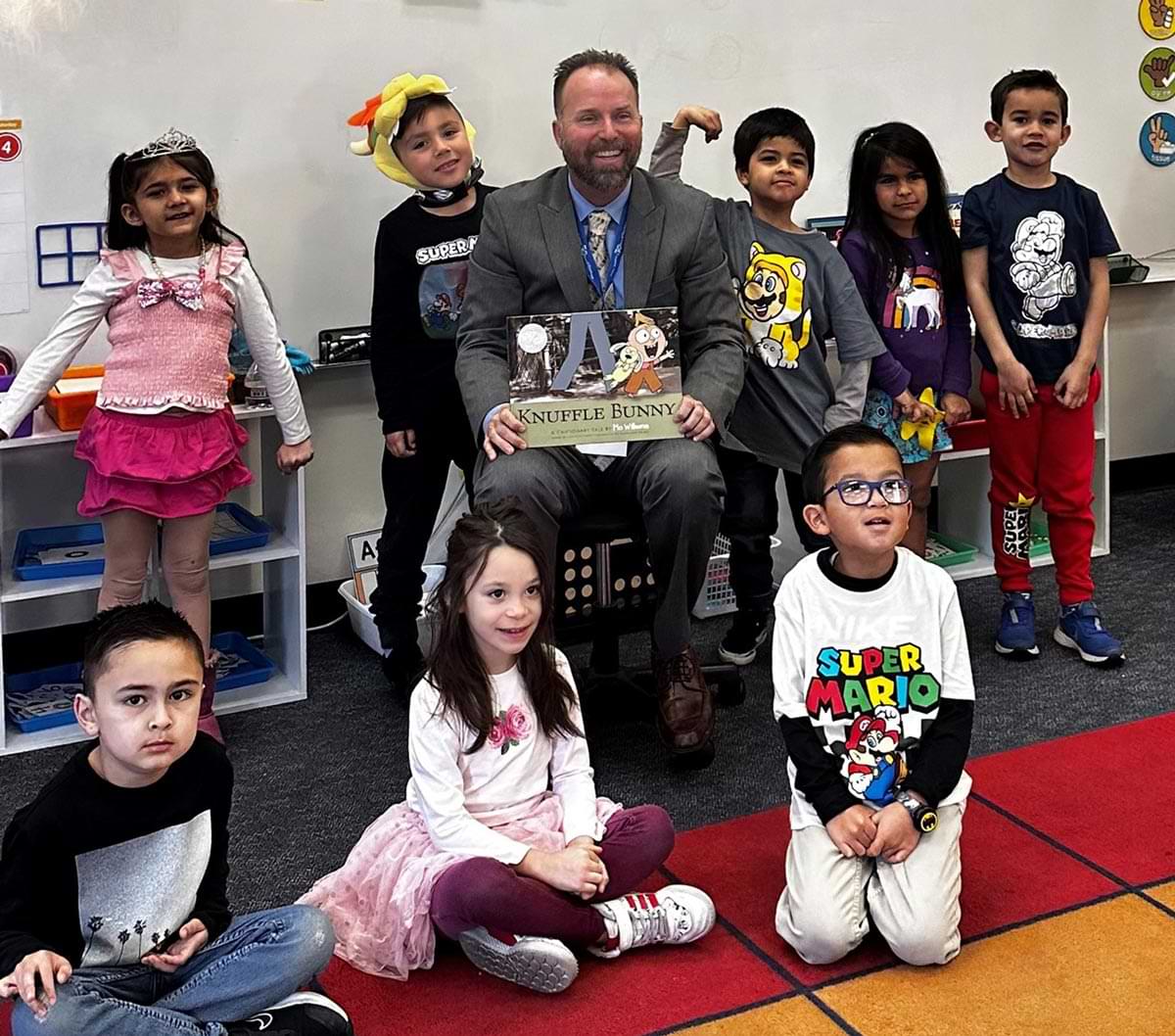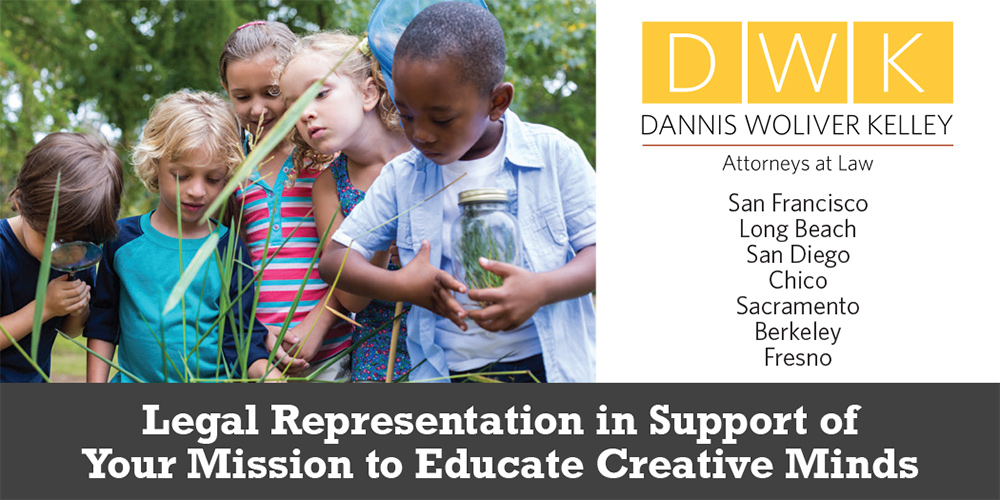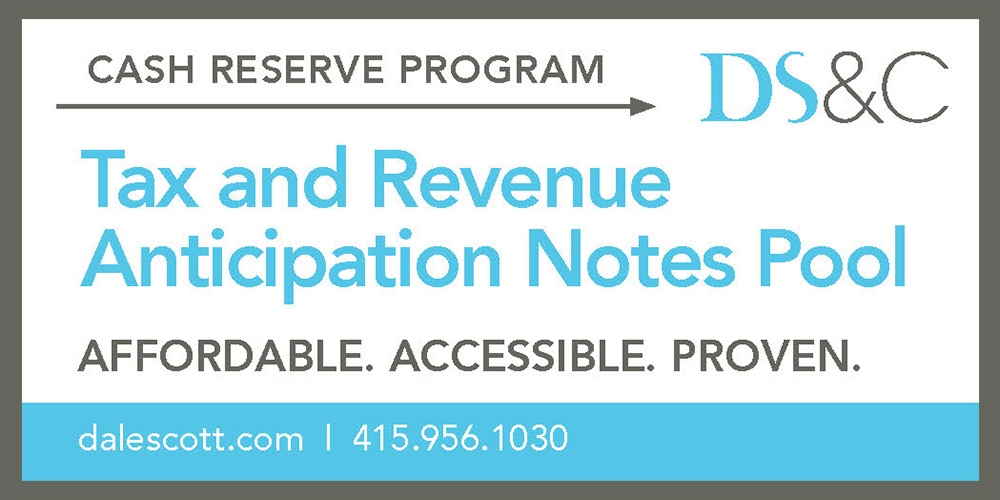Over three days in March, nearly 400 school district and county office of education board members and superintendents representing local educational agencies throughout California met virtually with more than 100 state legislators and their staff.
During CSBA’s Legislative Action Week, the association’s flagship legislative advocacy event, members brought their stories, challenges and on-the-ground experience to the Legislature to shine a light on the top issues facing their schools and students. Their support in advancing CSBA’s legislative priorities — which are guided by member input — will be critical to the success of the association’s ability to shape policy on members’ behalf.


Among more than 132,000 New York City kindergarteners, attendance increased by 1.8 days per school year and chronic absenteeism dropped by 5.4 percentage points among those getting free school meals compared to those who did not, even when accounting for socioeconomic differences between students who receive meals and those who do not.
And those attendance benefits continued into elementary school, the study found, although gaps narrowed over time. The disparity in chronic absenteeism between those with and without access to universal school meals declined from a 5.4 percentage point difference in kindergarten to a 2.2 percentage point gap in second grade.

Troy Flint | tflint@csba.org
Editorial Director:
Kimberly Sellery | ksellery@csba.org
Marketing Director:
Andy Rolleri | arolleri@csba.org
Staff Writers and Contributors:
Alisha Kirby | akirby@csba.org
Heather Kemp | hkemp@csba.org
Teresa Machado | tmachado@csba.org
Dana Scott | dscott@csba.org
Dustin Bindreiff | dbindreiff@csba.org
Jeremy Anderson | janderson@csba.org
Director of Graphic Design & Branding:
Kerry Macklin | kmacklin@csba.org
Senior Graphic Designer:
Amanda Moen | amoen@csba.org
Susan Markarian | Pacific Union ESD
President-elect:
Albert Gonzalez | Santa Clara USD
Vice President:
Bettye Lusk | Monterey Peninsula USD
Immediate Past President:
Dr. Susan Heredia | Natomas USD
CEO & Executive Director:
Vernon M. Billy
California School News (ISSN 1091-1715) is published 11 times per year by the California School Boards Association, Inc., 3251 Beacon Blvd., West Sacramento, CA 95691. 916-371-4691. $4 of CSBA annual membership dues is for the subscription to California School News. The subscription rate for each CSBA nonmember is $35. Periodicals postage paid at West Sacramento, CA and at additional mailing office. POSTMASTER: Send address changes to California School News, 3251 Beacon Blvd., West Sacramento, CA 95691.
News and feature items submitted for publication are edited for style and space as necessary.

A federal agenda for California schools
It’s not easy to develop an agenda that speaks to the needs of all in a state as vast and diverse as California, but along with our advocacy partners at the Association of California School Administrators (ACSA), CSBA has identified a slate of federal priorities to address with lawmakers, policy experts, cabinet officials and political insiders.
Governance
5 Questions with Brad Beach, ABC USD


BB 9400 highlights the importance of boards intentionally monitoring themselves as a much-needed accountability measurement. The bylaw language affirms the need for a formal process of board self-evaluation. Brazilian author Paul Coelho elegantly sums up the wisdom of stepping back to monitor and evaluate effectiveness when he said, “Always ask yourself if what you’re doing today is getting you closer to where you want to be tomorrow.” The board has an unspoken obligation associated with BB 9400 to evaluate its operations and accountability in serving the needs of students in their communities.

As with previous releases, the spending data for all packages reflect what LEAs have already spent, not what they have earmarked for use. This is particularly important for ESSER II and III as LEAs still have time to spend these funds. For deeper insights into the priorities, spending strategies and implementation challenges of COVID relief funding, check out CSBA’s second report on emergency aid, which contains survey data on these topics from a representative group of 239 LEAs across the state.
During CSBA’s Feb. 21 webinar “Trauma-Informed Education: What governance teams need to know,” attendees learned about principles and strategies of equity-centered, trauma-informed education that they can use in their local educational agency to support staff, students and families. While many resources related to trauma-informed education are designed for administrators or classroom educators, this forum was designed with the board member role in mind. From policy-setting to resource allocation, governance teams can support trauma-informed education.

On March 1, 2023, the Parents Bill of Rights Act was introduced in the United States House of Representatives. The rationale, as stated in the bill’s fact sheet, is to “make clear to parents what their rights are and [make] clear to schools what their duties to parents are” as “many school districts have been ignoring the wishes of parents while special interest groups try to criminalize free speech.” The bill, H.R. 5, would amend the Elementary and Secondary Education Act of 1965 (ESEA), and comes amid ongoing political debates about the appropriate role and rights of parents in public schools. The bill proposes to add in the ESEA five specific rights for parents while their children receive a public education:
- To know what children are being taught
- To be heard
- To see school budgets and spending
- To protect their children’s privacy
- To keep their children safe
If passed by Congress and signed into law by President Joe Biden, H.R. 5 would add to existing parental rights as they are defined in various federal court cases that set the contours for the exercise of parental influence and involvement when a child is enrolled in public school.
More than 50 years since the first Earth Day was held to raise awareness of the need to reduce pollution and protect the planet’s natural resources for future generations, students continue to take on the challenge.
In Rialto Unified School District, students organized a free event on April 21 — the Youth Climate Action Summit — for any interested high school student in San Bernardino and Riverside counties.
“The purpose of the event is to inform students about environmental burdens and climate issues in the Southern Inland region, and then inspire them to volunteer, organize and advocate action around these local topics,” said Juanita Chan-Roden, Rialto USD science and career programs agent.

These students often face some barriers to high school graduation, many of which are caused by lack of a stable community. For example, many foster students move from home to home, causing them to miss tests, fail classes and lose credits. In some instances, this instability can cause students to fall behind and lose hope of graduating high school. Similarly, it is not uncommon for the mobility involved in migrant work to cause students to fall behind. In the past, districts had little flexibility in finding ways to keep these students engaged in school and working toward a diploma.

Schools have been subject to ransomware and denial of service attacks, email compromise scams, data breaches, defacement of website and social media accounts and invasions of online classes and meetings.
Attacks are happening at an escalating rate, according to CISA, with cyberincidents involving schools’ systems taking place across most states since 2018. In 2018, 400 incidents were reported, compared to 1,300 by 2021. The introduction of more technology in recent years due to the pandemic has brought on heightened risks and consequences that can include monetary losses and learning disruption.
While tutoring has become a popular tool for academic recovery post-pandemic, not all tutoring programs are created equal and the strategy alone will likely not be enough to catch students up, experts said during a recent Education Week webinar, “Tutoring: What the Evidence Says About What’s Working and What Isn’t.”
Across the nation, state assessments have shown drops in student performance. Thomas Kane, an economist and faculty director of the Center for Education Policy Research at Harvard University, said that on average, school districts in the U.S. lost about a half year in math proficiency and roughly a quarter of a year in reading in grades 3–8 during the height of the pandemic, with some local educational agencies suffering even more severe learning loss.

During its March 8–9 meeting, the State Board of Education laid the groundwork for developing updates to the 2023 California School Dashboard, which will be finalized later this year.
The 2022 California School Dashboard, released in December following a two-year pause prompted by the COVID-19 pandemic, highlighted chronic absenteeism as a particularly troubling indicator, with 30 percent of students marked as chronically absent in 2021–22.
Board leaders questioned the possibility of indicating on the Dashboard through disaggregated data whether students missed out on instructional time as a result of COVID precautions or other events outside of their control.

Camille Creek’s mission is to empower Napa County’s most disenfranchised youth moving them toward a productive future through restorative relationships, targeted instruction and inspiring opportunities for growth. The school aims to help students gain the social and academic skills they will need for employment or further education and the interpersonal skills they will need to maintain positive and meaningful relationships, despite issues they may have had in the past.
“Never say never,” said Napa County Office of Education Superintendent Barbara Nemko. “Hard work, innovative programs where kids are helping others instead of others helping them, where they are recognized for their contributions, plus personalized interactions between teachers and families can have surprisingly positive outcomes.”
MIG Course 1: Foundations of Effective Governance/Setting Direction
May 9–10
MIG Course 2: Student Learning & Achievement/Policy & Judicial Review
May 11–12
MIG Course 1: Foundations of Effective Governance/Setting Direction
May 13
MIG Course 2: Student Learning & Achievement/Policy & Judicial Review
MIG Course 3: School Finance Parts 1 & 2
May 23–24
MIG Course 4: Human Resources/Collective Bargaining
June 6–7
MIG Course 5: Community Relations & Advocacy/Governance Integration
April 24–26
2023 Coast2Coast Federal Advocacy Trip | Washington, D.C.
May 2
MIG Course 5: Community Relations & Advocacy/Governance Integration | Santa Cruz
The Brown Act | Santa Clara










